6 tips to help you choose the right typography for your logo design
Effective typography is one of the most important factors in a successful logo design. Each font has its own personality and is impressive in its own way. The right typeface is the value and voice of your brand, while the wrong typeface can alienate your target audience.
So with hundreds of thousands of fonts, how do you know which one is right for your logo and which font should you choose? In this article, we’ll share six basic tips to help you choose a font for your brand so you can choose the right typography for your logo. Ready? Let’s go!
1. Understand the basics
Before creating a logo that includes typography, it’s important to understand the basics of typography. That is, understand the different types of fonts (serif, sans-serif, handwritten, monospaced, display), composition fundamentals, hierarchies, scale principles, and concepts such as kerning and line height.
If you’re still uncomfortable designing your own typeface, then choosing the right typeface for your logo design will be tricky. If you’re new to typography, take the time to study how it is used in logos and general content. Analyze how different fonts affect certain emotions, their scale, hierarchy on the page, and how these things affect the overall perception of the content.
When you’re ready to dive into designing your logo font, check out other logos in your industry and beyond, and how they use fonts. Find your favorite logos, they can be a great source of inspiration when designing your own project.
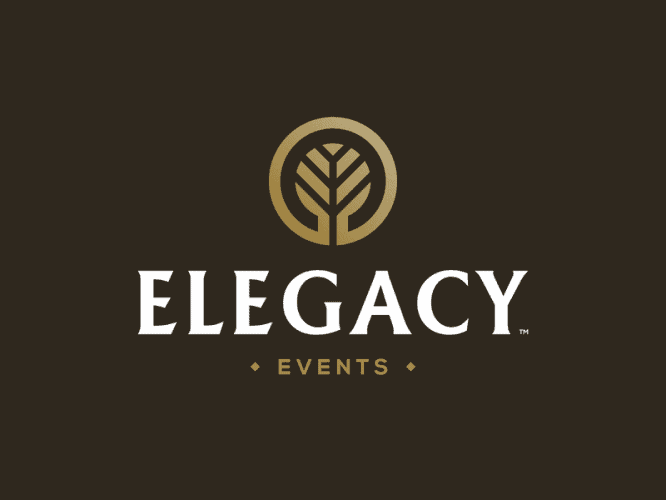
2. Think about your audience
Knowing your audience’s expectations is key to creating a wordmark or any other logo. If your audience expects a certain look from your brand (or your industry in general), you need to make sure that any logo you create meets those expectations.
When designing a logo for a new brand, you need to consider your brand values and what your ideal audience can expect from a brand with those values. If your brand, for example, needs to be dressed up and down and you want to use fonts that create that impression in your logo, avoid something traditional like Baskerville or Caslon. However, if your audience consists of clients from industries with more traditional values (banks, law firms, etc.), a modern logo may not work.
When designing a logo for rebranding, you need to be extra careful not to alienate your current customers. There are many well-known cases where the new logo drew backlash from consumers (the 2010 redesign of the Gap logo is one of the most notorious times when the company abandoned the new design after just a week). Consider incremental changes rather than a completely new design.
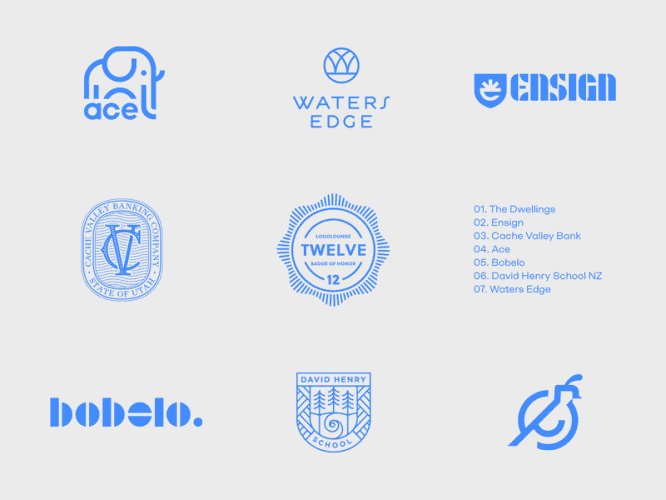
3. Don’t chase trends
Logos have to stand the test of time. This means that you should avoid fancy fonts. A font that seems cutting edge today risks looking outdated in six months or a year, which could lead to another redesign.
A typeface that seems cutting edge today risks looking outdated in six months or a year.
…
When a wordmark or logo is created without regard for trends, it can be used for decades. Consider the Jeep logo. It has been in use since 1963, and although the badge in the logo has changed slightly over the years, the word “Jeep” has remained unchanged. That’s over 50 years of use!
An exception to the rule can be when you need to develop a logo that will only be used temporarily (for example, for an event), and when the logo must point to a certain point in time. If so, then feel free to use a trendy font that will immediately be recognized as belonging to a certain era.
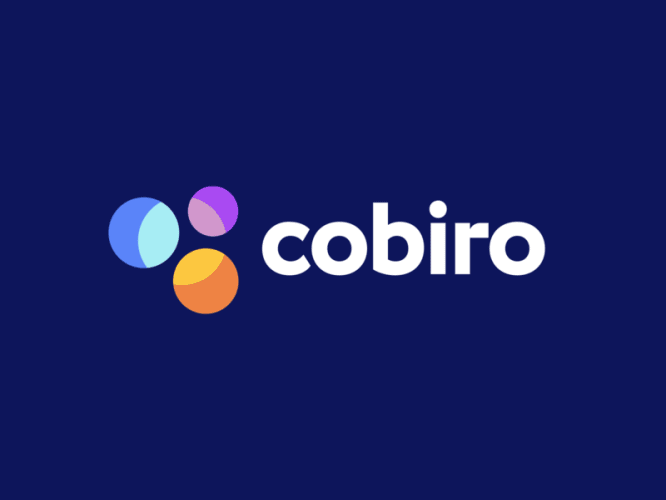
4. The simpler the better
Logos are commonly used in various sizes. Since some of these sizes can be quite small, the simpler the better. You need to create a logo that scales well and can be used wherever needed, without having to redesign the design.
This does not mean that your logo has to be minimalistic. But using minimalist principles such as removing everything unnecessary is a solid approach to logo design.
When choosing fonts for your logo, don’t go for the complicated and sophisticated. Fonts with a lot of fine detail will not look good at small sizes, and important details can be lost.
This also applies to the number of fonts you can use in your logo. In most cases, you will need to choose one font, although if your slogan will also be part of the logo, you can choose a different font for it. If you are going to have more than one typeface in your logo, make sure you follow the typographic guidelines for combining typefaces.
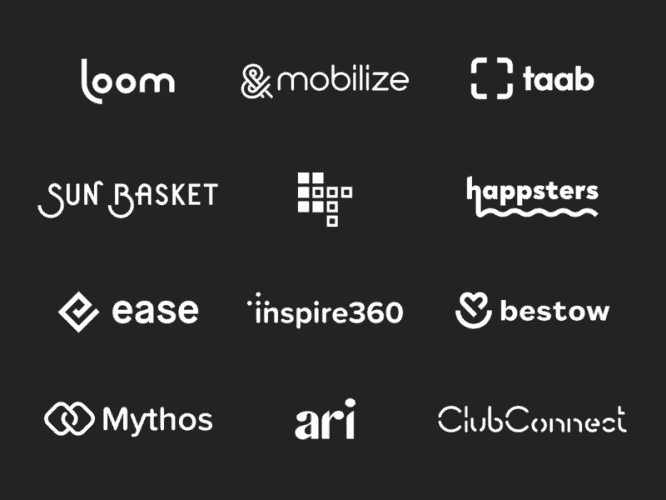
5. Make the font special
Nobody says that fonts in your logo should be used exactly as they exist. The most expressive fonts are those that are additionally customizable and become somewhat special, unique and different from others. Overlapping symbols, combining styles, removing parts of symbols, etc. – all of these are ways to make a standard font unique and relate to your brand.
Special characters can be a great way to customize the fonts in your logo. Ampersands can be some of the most creative characteristics to customize as there are many variations. While I said earlier to be wary of combining multiple fonts in a single logo, the ampersand is an exception. As long as you factor in variation in font weight and weight, feel free to explore the ampersands outside of the main font in your logo to find a font with the right mood and tone for your logo.
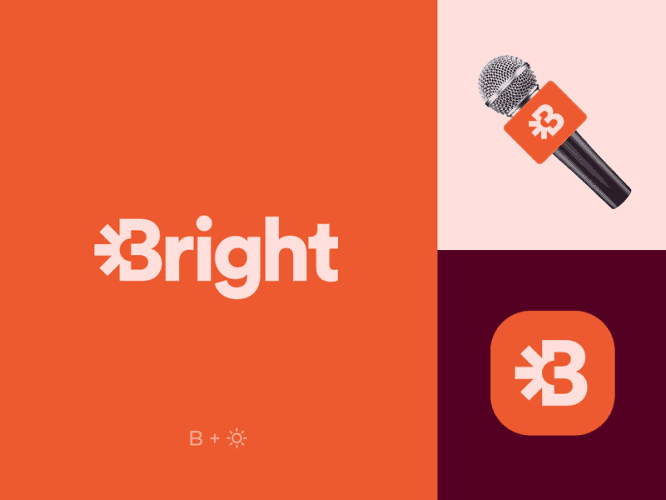
6. Combine text and icons
While some logos are composed entirely of typeface, many also contain visual elements. Make sure your typography style matches the style of any icon or other element (like a border or underline) that you want to include in your logo.
If your font is a traditional serif typeface (like Didot or Jenson), make sure your icons are also more traditional in appearance and style. Make sure that the style of each element of your logo is harmonious.
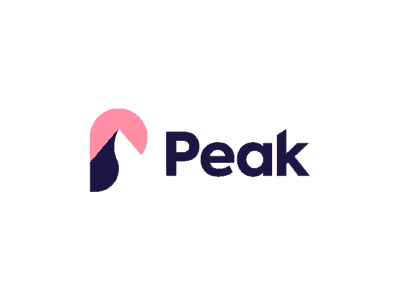
Source: Dribbble


